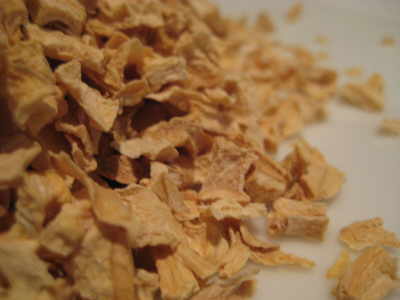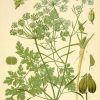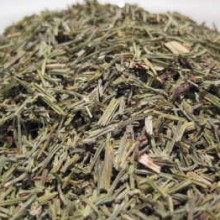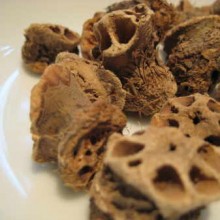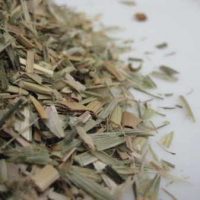Parsley Root (Petroselinum crispum (root parsley) or Petroselinum sativa (leaf parsley) is native to the central Mediterranean but now naturalised virtually everywhere where it is harvested and used as a spice, herb and for its medicinal attributes. It is different from Leaf Parsley in that it has thicker, whiteish roots like a parsnip and can be eaten as a vegetable.
Traditional Uses & Constituents for Parsley Root:-
Parsley Root has been used medicinally since ancient times for digestive disorders, bronchitis and urinary tract problems. It is used today to help regulate blood sugar and menstrual cycles.
Parsley Root contains vital nutrients and vitamins that support the body. Parsley is a rich source of calcium, iron, riboflavin, potassium, thiamine, vitamins A and C and trace amounts of niacin. Parsley Root is considered a fine diuretic, helping the body get rid of excess water.
It is used as a constituent in stews and casseroles in Eastern Europe but has found little favour in this aspect elsewhere in the world
History of Parsley:-
Historically, the Greeks held Parsley in very high esteem, crowning the victors with chaplets of Parsley at the Isthmian games and making it into wreaths for adorning the tombs of their dead.
It was reputed to have sprung from the blood of a Greek hero, Archemorus, the harbinger of death, and Homer relates that chariot horses were fed with Parsley Leaves by warriors. Parsley was also associated with Persephone, the Queen of the Underworld.
Romans wore Parsley garlands during feasts and festivals supposedly to prevent drunkenness.
The word “parsley” is derived from the coupling of the Old English word petersilie (which is identical to the contemporary German word for parsley) and peresil which is the old French word for it and where the name of a partcular French parsey based sauce is derived called Persillade. Both the old English and Old French words are derived from Medieval latin – petroselinum

